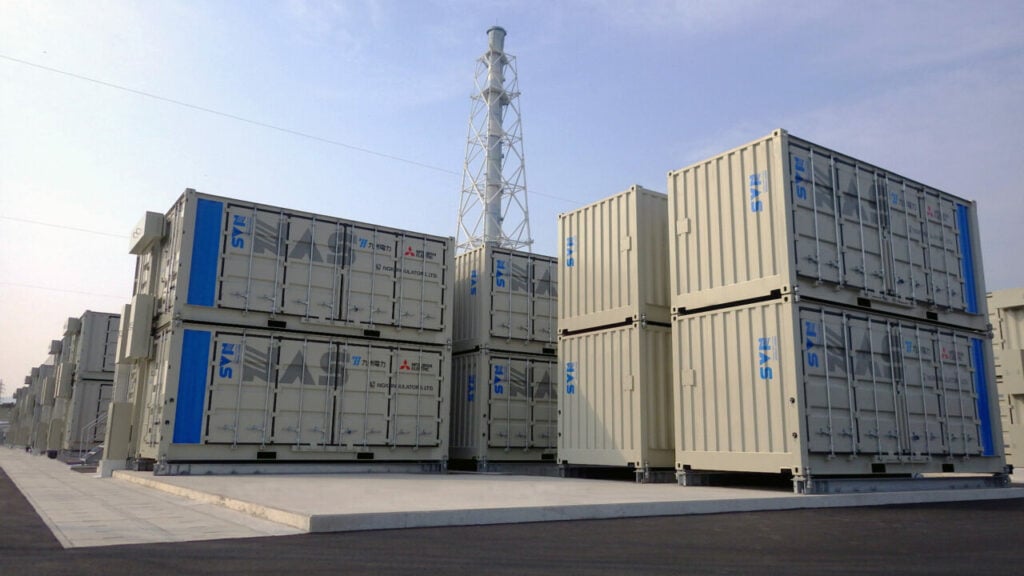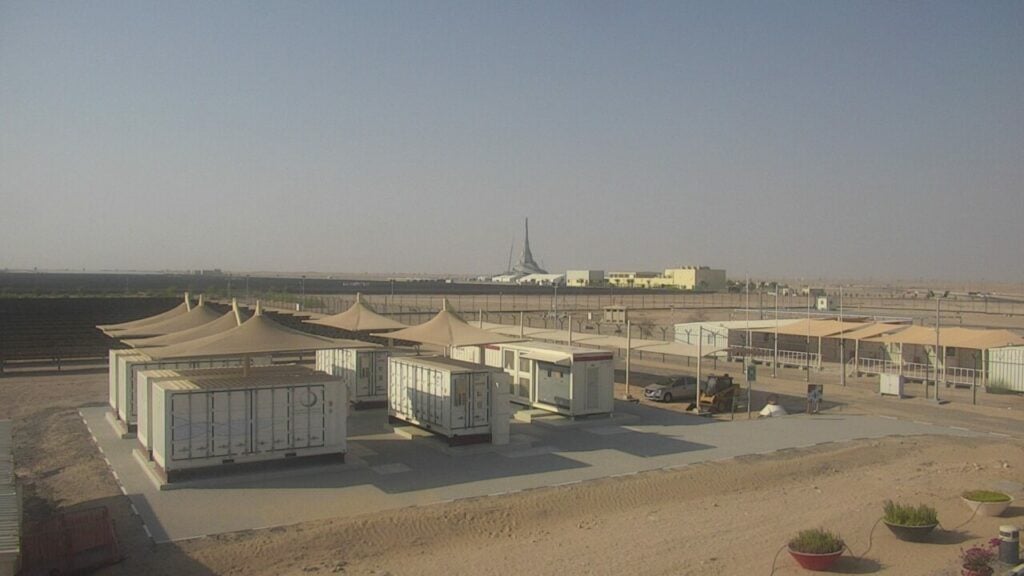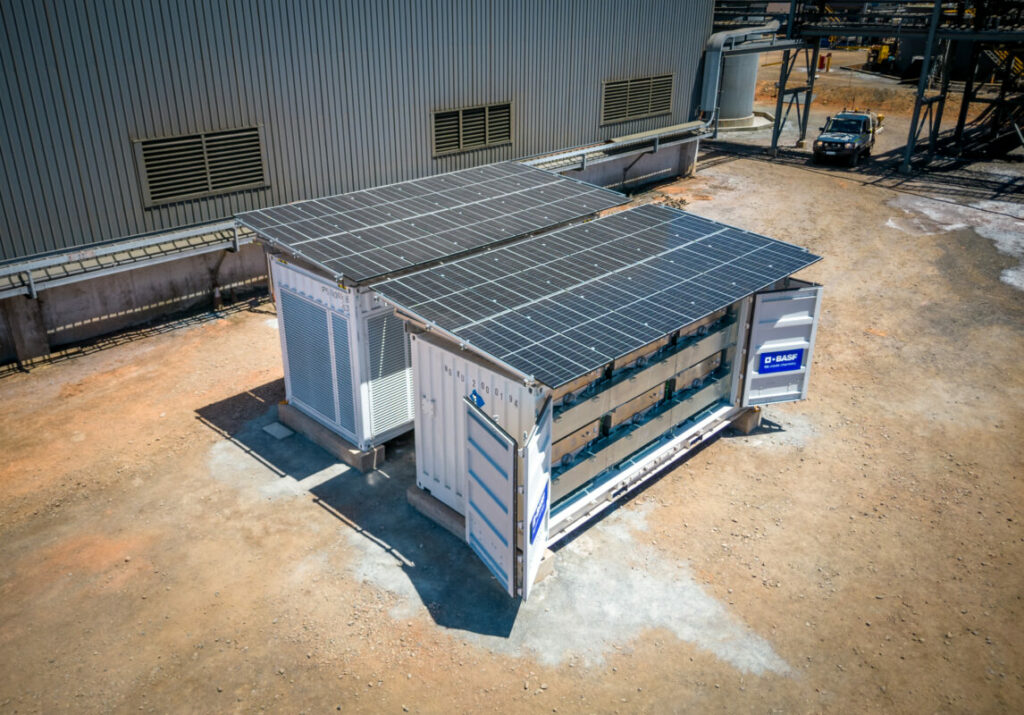
The time to be skeptical about the world’s ability to transition from reliance on fossil fuels to cleaner, renewable sources of energy, such as wind or solar, is over.
A transition to a cleaner net-zero world is one of our greatest challenges today. Already more than 70 countries have set targets to achieve net zero emissions by 2050 and some of them even sooner.
Enjoy 12 months of exclusive analysis
- Regular insight and analysis of the industry’s biggest developments
- In-depth interviews with the industry’s leading figures
- Annual digital subscription to the PV Tech Power journal
- Discounts on Solar Media’s portfolio of events, in-person and virtual
The energy sector accounts for the major share of greenhouse emissions, so replacing polluting fossil-based power with energy from renewable sources would help to significantly reduce the emissions. At the recent G7 Summit in Japan, member countries committed to increase offshore wind generation by 150GW and solar by 1TW by 2030.
So the question is not whether we are able to turn to 100% renewable energies but how do we balance all that energy, which is not available on demand? How do we achieve a stable and reliable power supply from these intermittent sources?
Integrating a share of less than about 20% renewable energy into a grid is not that difficult, but above that threshold, the need for balancing technologies becomes more and more acute.
Not only short but frequent fluctuations need to be leveled out in order to keep the grid stable, but also large amounts of energy need to be absorbed, when in excess, and released when demanded, often many hours or days later, ultimately achieving autonomous power supply based on variable renewable energy (VRE). Congestion might become an issue even for well-developed grids.
One indispensable technology, or rather set of technologies, to address these challenges is energy storage. That’s not a new concept. Pumped hydro energy storage (PHES) has been with us for over a hundred years, while more recently, stationary batteries are increasingly deployed to integrate VRE.
Lithium-ion batteries, helped along by the growth of electric vehicles (EVs), have become widely adopted in the stationary storage sector. While they are well fit to serve short-duration applications, technologies, specifically designed to cover several hours of charging and discharging, offer a better cost-performance ratio once we get to applications requiring six or more hours of discharge.
There are many long-duration energy storage (LDES) technologies that are starting to go into commercial use, but most of them are in their early stages, and certainly do not come with the same track record as the sodium-sulfur batteries (NAS battery), developed by NGK Insulators and distributed by BASF.
Already proven by more than 20 years of deployment in the field in more than 250 projects for industry and utilities with the total output of almost 5GWh, the NAS battery is one of the most mature long-duration technologies today.

Designed to discharge energy for 6 hours or longer, NAS battery units are scalable to hundreds of megawatt-hours. While having a high energy density and fast response time, the systems also convince by a design life of 20 years, or 7,300 operating cycles due to a very low degradation level.
The NAS battery storage solution is containerised: each 20-ft container combines six modules adding up to 250kW output and 1,450kWh energy storage capacity. Multiple containers can be combined to create bigger installations of any required size.
The main raw materials used, such as sodium, sulfur, aluminum oxide, are abundant and neither supply chain nor prices are an issue – which may come as some reassurance to customers given the bumpy ride other battery technologies have seen over the past couple of years.
Durability and climate resilience are also important metrics: the NAS batteries can be deployed in either high or low temperature geographies. To give two recent examples, a project in South Korea was installed at temperatures around -10°C, another in Australia at temperatures above 30°C, both in the same week.
Safe, cost-competitive technology solution
NAS batteries have an elaborated safety concept which underwent extensive testing with third parties. That includes a work carried out by NGK with the Japanese Hazardous Material Safety Techniques Association and a safety audit conducted by TÜV Rheinland in 2019. With only one incident reported since 2011, a safety record of NAS batteries is really remarkable. Not surprisingly, NAS batteries have been chosen in several recent projects for co-location with hydrogen production.
Across the globe, testing and certification of energy storage technologies from cell to system level according to UL9540A and UL1973 standards is becoming crucial for bankability. NAS battery is certified to UL1973 for safe installation and operation of storage systems and has been evaluated according to UL9540A, a further proof of safety and competitiveness.
Besides the stability of raw materials pricing and their ideal technological fit for applications of 6 hours and beyond, another important aspect of the NAS battery’s cost-competitiveness is low Opex: Arriving on site in containerised form, the systems are simple and quick to install. The durability of the technology makes it a low maintenance asset. A low level of degradation through cycling reduces the need for system augmentation over project lifetime, and full nominal capacity is available through 100% depth of discharge, all of which helps customers to optimise a total cost of ownership.

Why has BASF entered the energy storage market with NAS technology?
You may ask why BASF, a renowned chemical company, has decided to enter this market.
BASF has a bold decarbonisation strategy which matches many of the world’s leading economies in targeting net zero emissions by 2050. Central to this transition is the use of technologies, which will replace fossil fuels with electricity from renewable sources, and energy storage is one of them.
Also NGK Insulators, the manufacturer of the NAS batteries, headquartered in Nagoya, Japan, aims to achieve net zero emission by 2050.
The two companies have joined forces since 2019 to scale up the NAS technology, combining BASF’s global reach and strong R&D capabilities with NGK’s know-how in ceramics and experience in manufacturing NAS batteries.
Today, BASF not only distributes the NAS battery worldwide, it is also working with NGK on the next generation of sodium-sulfur batteries, with product launches forthcoming in 2024.
To learn more about NAS batteries, visit the BASF website here. BASF Stationary Energy Storage GmbH will be presenting the technology at this year’s Intersolar Europe / ees Europe in Munich, Germany, from 14 to 16 June 2023 at exhibition booth B1.209.

